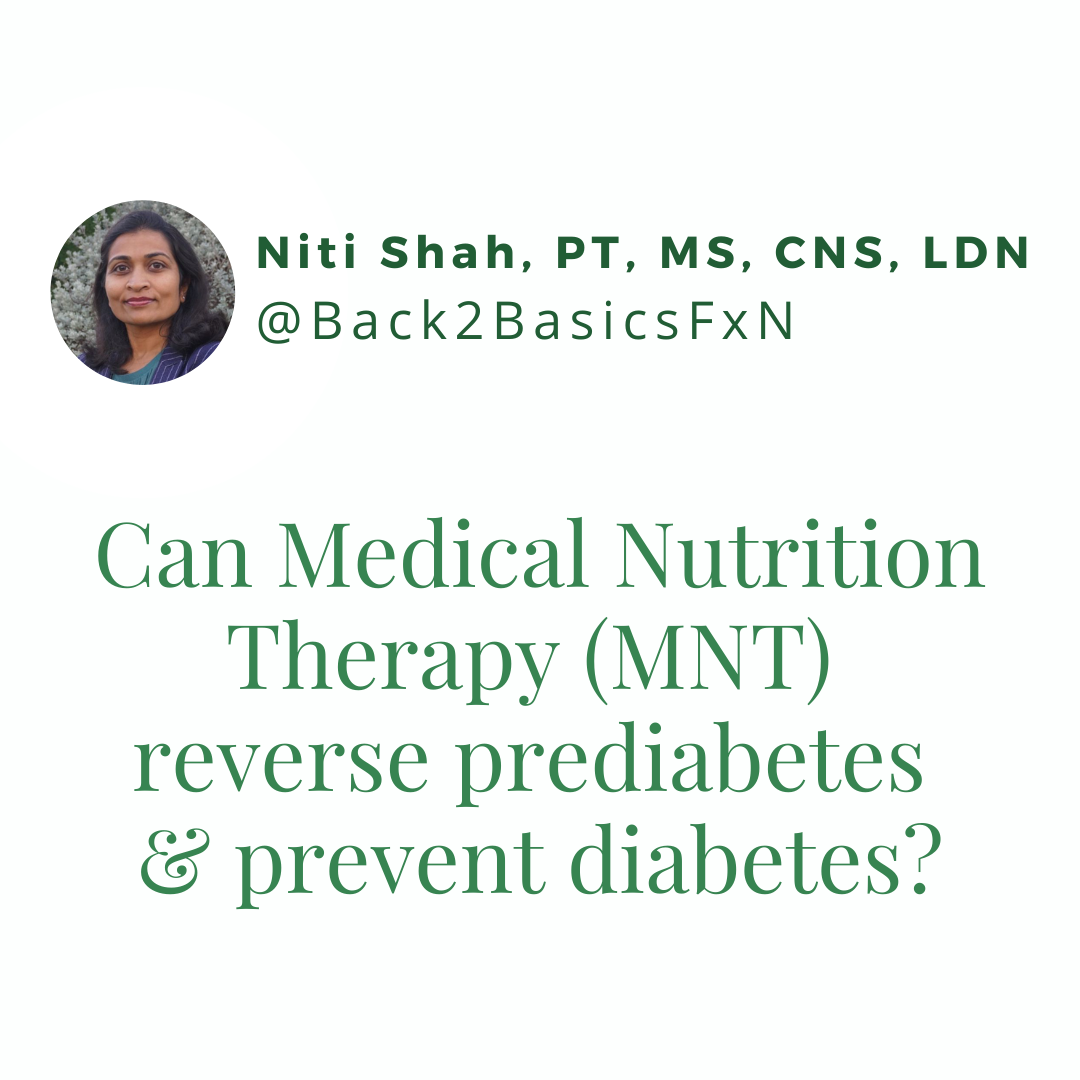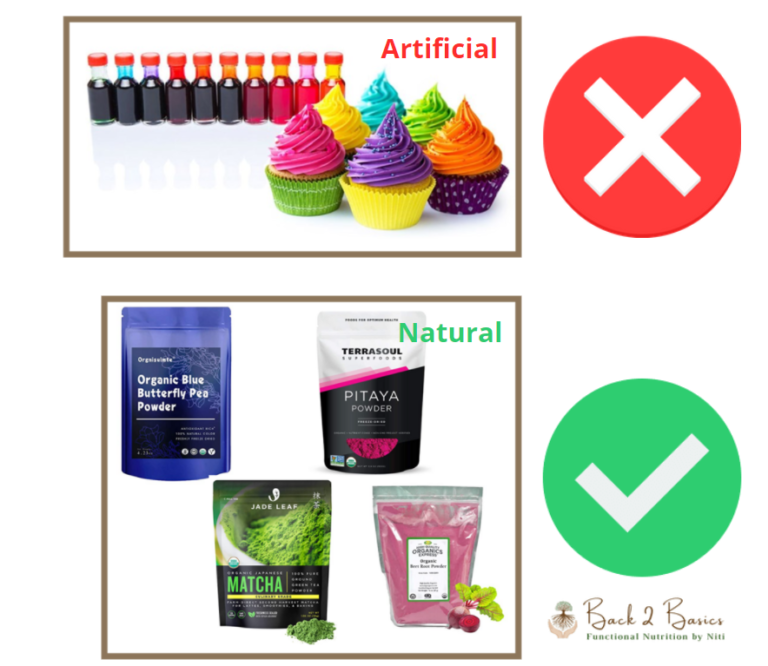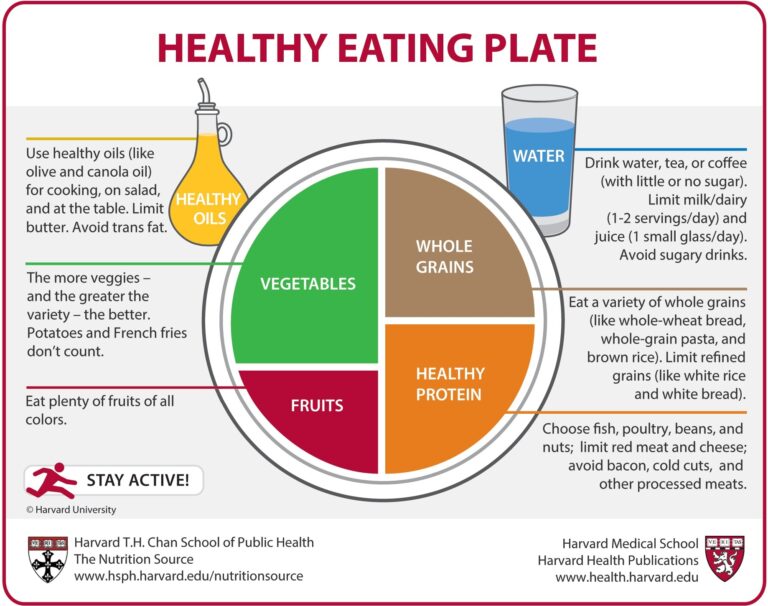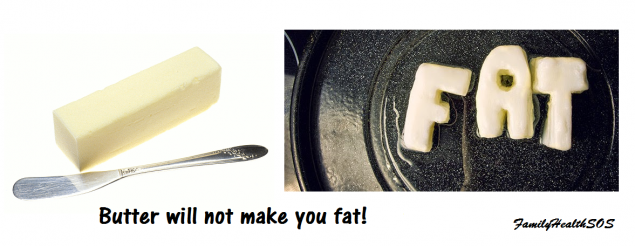I am often asked this question about reversing prediabetes/diabetes so thought of making this into a blog post. What a better occasion than at this time of the year!
Why is November Diabetes Awareness Month?
In four decades, the prevalence of diabetes has increased four-fold from 108 million to 463 million worldwide according to the World Health Organization (WHO). The numbers are disturbing and high enough to dedicate an awareness month.
As we near the holiday season and get ready to consume more sugar than usual, the National Institute of Health (NIH) wanted us to pause and think. Was November added mindfully by NIH?!
This year’s focus is on prediabetes and preventing diabetes.
What percent of the US population has prediabetes? Is it reversible?
Prediabetes is a serious health condition where your blood sugar levels are higher than normal, but not high enough to be diagnosed as type2 diabetes. According to the CDC, 88 million people in the United States, that’s more than 1 in 3 U.S. adults, have prediabetes but most of them don’t even know they have it. People have prediabetes also known as insulin resistance for many years, before progressing to diabetes.
The good news is that by making small healthy lifestyle changes, it is possible to prevent type 2 diabetes and even reverse your prediabetes.
What are the risk factors/culprits that lead to prediabetes and diabetes?
- Abdominal fat or belly fat (number 1 culprit)
- Weight gain (sudden or unusual)
- Imbalanced macronutrient intake (too many dietary carbs, or protein, or poor quality fats)
- Poor nutrient density (watching calories but not quality of caloric intake)
- Less physical activity
What is the traditional approach to managing diabetes?
Diabetes is a carbohydrate intolerance disease as explained by Dr. Osama Hamdy MD, medical director at the Joslin Diabetes Center in Boston, and in old medical textbooks. Yet the traditional approach is to continue consuming carbs while taking medications. Let’s think about this for a minute. If someone is lactose intolerant, would you give them dairy milk daily and then give them lactase enzymes to manage their intolerance? Or would you ask the person to consume lactose-free milk or non-dairy milk?
Then why is the traditional approach for people with diabetes and prediabetes to continue consumption of all forms of carbohydrates?
How is the nutritionist approach different and able to reverse prediabetes and prevent diabetes?
We call it medical nutrition therapy (MNT). By carefully personalizing a plan to accommodate balanced macronutrients and medical food supplements with a balanced combination of carbohydrates, protein, and fat (40-30-30) we can address the root of the problem. And by including superfoods and micronutrients that improve insulin sensitivity and hence improve the glucose response. Combining MNT with increased physical activity and strength training gives the best results. With MNT, prediabetes can be reversed and diabetes can be prevented.
When we address the root of the problem which in this case of prediabetes/diabetes is carbohydrate intolerance and work towards resolving it with lifestyle change we can get sustainable results.
If you are looking to overcome and/or reverse this or any chronic disease, call me at 972-514-7956 to discuss if MNT is right for you? My nutritional wellness practice is located in Irving, TX and I do offer telehealth services as well.
Related Articles:







